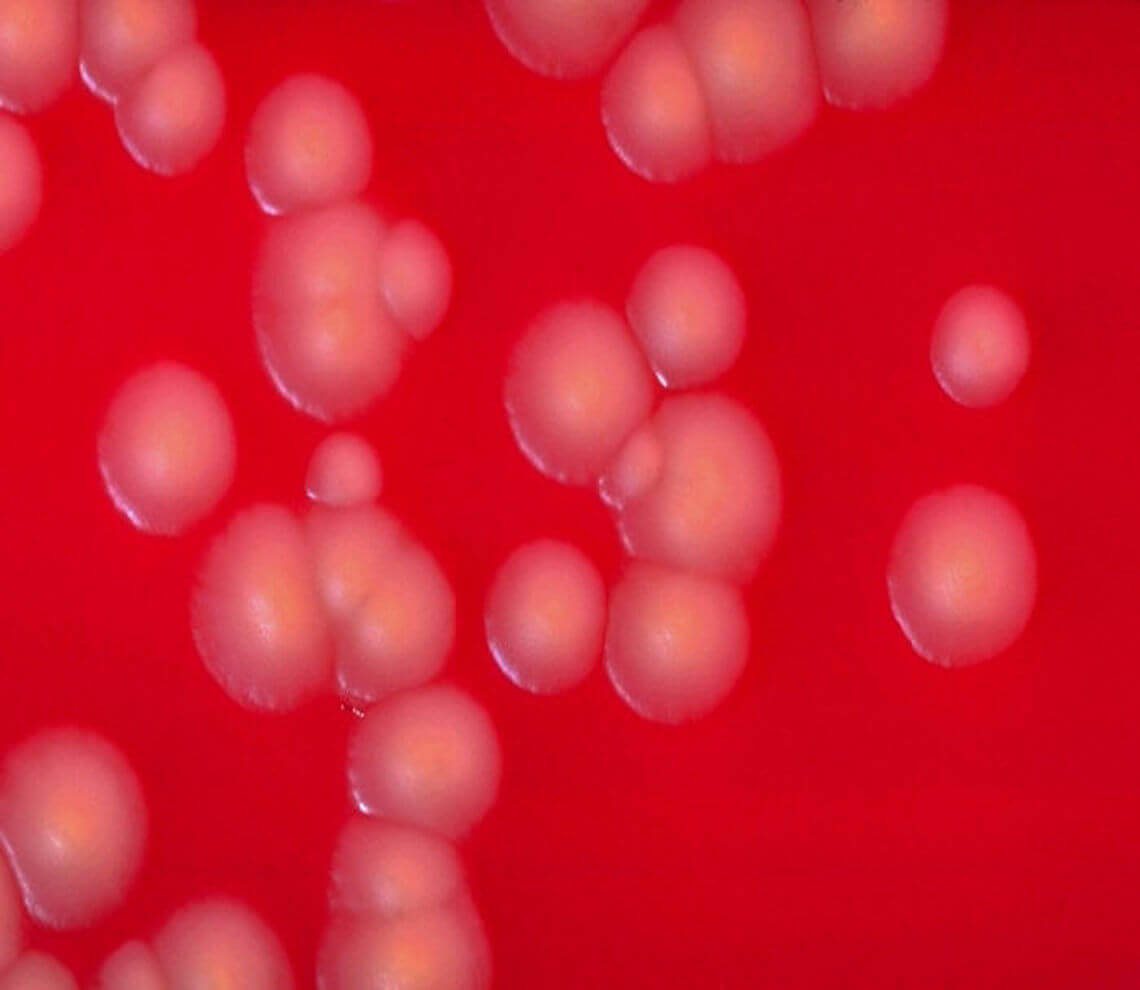- Our Suppliers
- MBS Monoclonals
- MET, phosphorylated (Tyr1234/1235) (HGF receptor, HGFR, Hepatocyte Growth Factor Receptor, Scatter Factor Receptor, SF Receptor, HGF/SF Receptor, Tyrosine-Protein Kinase Met, Proto-Oncogene c-Met)
Product short description
Price:
597 EUR
Size:
200ul
Catalog no.:
GEN633549
Product detailed description
Also known as
MET
Concentration
N/A
Immunoglobulin isotype
IgG1
Clone
10i52
Category
Antibodies
Clonality
Monoclonal
Subcategory
Mnoclonal antibodies
Source organism
Human (Homo sapiens)
Host organism
Mouse (Mus musculus)
Other gene names
met; N/A; c-met; met-A; N/A
Gene name synonims
met; N/A; c-met; met-A; N/A
Gene name
met; N/A; c-met; met-A; N/A
Tested applications:
ELISA (EL/EIA), Western Blot (WB)
Form/Appearance
Supplied as a liquid in PBS, 0.09% sodium azide.
Purification method
Affinity Purified by Protein G affinity chromatography.
Other names
met proto-oncogene; N/A; met proto-oncogene; c-met/hepatocyte growth factor receptor; met proto-oncogene (hepatocyte growth factor receptor); met proto-oncogene
Species reactivity
Human (Homo sapiens), Mouse (Mus musculus); Due to limited knowledge and inability for testing each and every species, the reactivity of the antibody may extend to other species which are not listed hereby.
Specificity and cross-reactivity
Recognizes human HGF receptor when phosphorylated at Tyr1234 and Tyr1235. Species Crossreactivity: mouse.; Since it is not possible to test each and every species our knowledge on the corss reactivity of the antibodies is limited. This particular antibody might cross react with speacies outside of the listed ones.
Storage and shipping
Store the antibody at +4 degrees Celsius for short term storage.. Aliquot to avoid repeated freezing and thawing. For optimal long term storage, the antibody should be kept at -20 degrees Celsius. Aliquots are stable for at least 12 months. For maximum recovery of product, centrifuge the original vial after thawing and prior to removing the cap.
Description
Aplha, transcription related growth factors and stimulating factors or repressing nuclear factors are complex subunits of proteins involved in cell differentiation. Complex subunit associated factors are involved in hybridoma growth, Eosinohils, eritroid proliferation and derived from promotor binding stimulating subunits on the DNA binding complex. NFKB 105 subunit for example is a polypetide gene enhancer of genes in B cells.The receptors are ligand binding factors of type 1, 2 or 3 and protein-molecules that receive chemical-signals from outside a cell. When such chemical-signals couple or bind to a receptor, they cause some form of cellular/tissue-response, e.g. a change in the electrical-activity of a cell. In this sense, am olfactory receptor is a protein-molecule that recognizes and responds to endogenous-chemical signals, chemokinesor cytokines e.g. an acetylcholine-receptor recognizes and responds to its endogenous-ligand, acetylcholine. However, sometimes in pharmacology, the term is also used to include other proteins that are drug-targets, such as enzymes, transporters and ion-channels.
© Copyright 2016-Tech News . Design by: uiCookies

